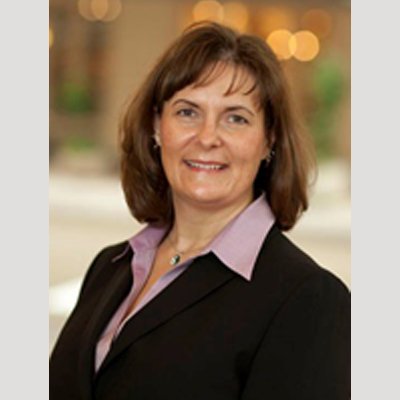| This month we hear from our recent Past-President, Loralie Langman, who shares with us a few reflections about her time as President, her passion for the field and a few innovative technologies used in her place of practice, spanning clinical and forensic toxicology, TDM, and pharmacogenetics.
Loralie Langman
Director, Department of Laboratory Medicine and Pathology
Mayo Clinic, Rochester, MN, USA |
Dr Langman, could you share with us a little bit about your time as President, and the impact you might have observed in the field during that time? Maybe an anecdote or two?
As I reflect on my time as IATDMCT President, I feel that it was the most amazing 2 years, I don’t even know if I can describe it. As I have told many people, IATDMCT has a special meaning for me. I have been a member of this organization and attending meetings since my graduate studies.
I had the chance to travel around the world to visit with colleagues at meetings, visit with their students, see their laboratories, and enjoy the richness of their different cultures. It was very important to me to try to learn a bit about each place I went. I wanted to enjoy the local food and drink, attempt to learn some of the local customs and phrases, and I will apologize for I likely was not able to pronounce them quite right.
During my travels, I got to see the difficulties many labs have due to limited resources or remote geographic locations, but also the strengths coming from their creativity and innovation. I also witnessed cutting edge research labs and new technologies being applied at near bedside for advancement of patient care.
Regardless of where I went I was always greeted with enthusiasm, warm smiles and a never-ending thirst for knowledge and the betterment of the patient. It is exactly those combinations which will keep this field and IATDMCT thriving for many years to come. And as I said throughout my Presidency and I will continue to say, “We may be separated by geography but we are united by science.”
What is a typical day like for you? Can you tell us a little bit about your respective roles?
I wear many hats here at the Mayo Clinic. I direct clinical and forensic toxicology, TDM, and pharmacogenetic labs. I teach residents, fellows, medical students, and provide clinical consultations with clinicians both internal and external to our hospital.
I also have roles in professional societies, like Past-President for IATDMCT as well as editorial responsibilities like reviewing papers or other editorial duties for journals.
What technological innovations have entered into use during your career that have permitted a change, or evolution, in practice?
We utilize the RapidFire technology to achieve high throughput analysis. We currently use it primarily for immunosuppressants, anticonvulsants and busulfan. It is not amenable to every drug, and it has proven very useful for those drugs where we need the rapid turnaround time and there are few interferences.
How did you become interested in your area of expertise?
I tell this story over and over, and I mean every word … I was an undergraduate student in a lecture, given by one of our distinguished members – Don LeGatt, about the metabolism of theophylline. He was discussing how neonates metabolise it primarily into caffeine which is different than adults. I thought to myself … “Wow, I want to learn more about this” … and from then on I decided I wanted to study TDM, toxicology, pharmacology, and drug metabolism. The rest, as they say, is history.
What do you consider is the future for TDM and CT? What are you excited about? What are the challenges we face?
We are a global IATDMCT community, and one of the challenges is being able to provide educational opportunities for everyone around the globe. I am excited about our scientific committees developing educational content and the communications committees’ initiatives for disseminating it to our membership.
I am also excited about moving to annual conferences. These are excellent opportunities to discuss new and exciting breakthroughs in an atmosphere of collegiality and friendship spanning the globe.
The content of the IATDMCT Blog does not necessarily have the endorsement of the Association.



